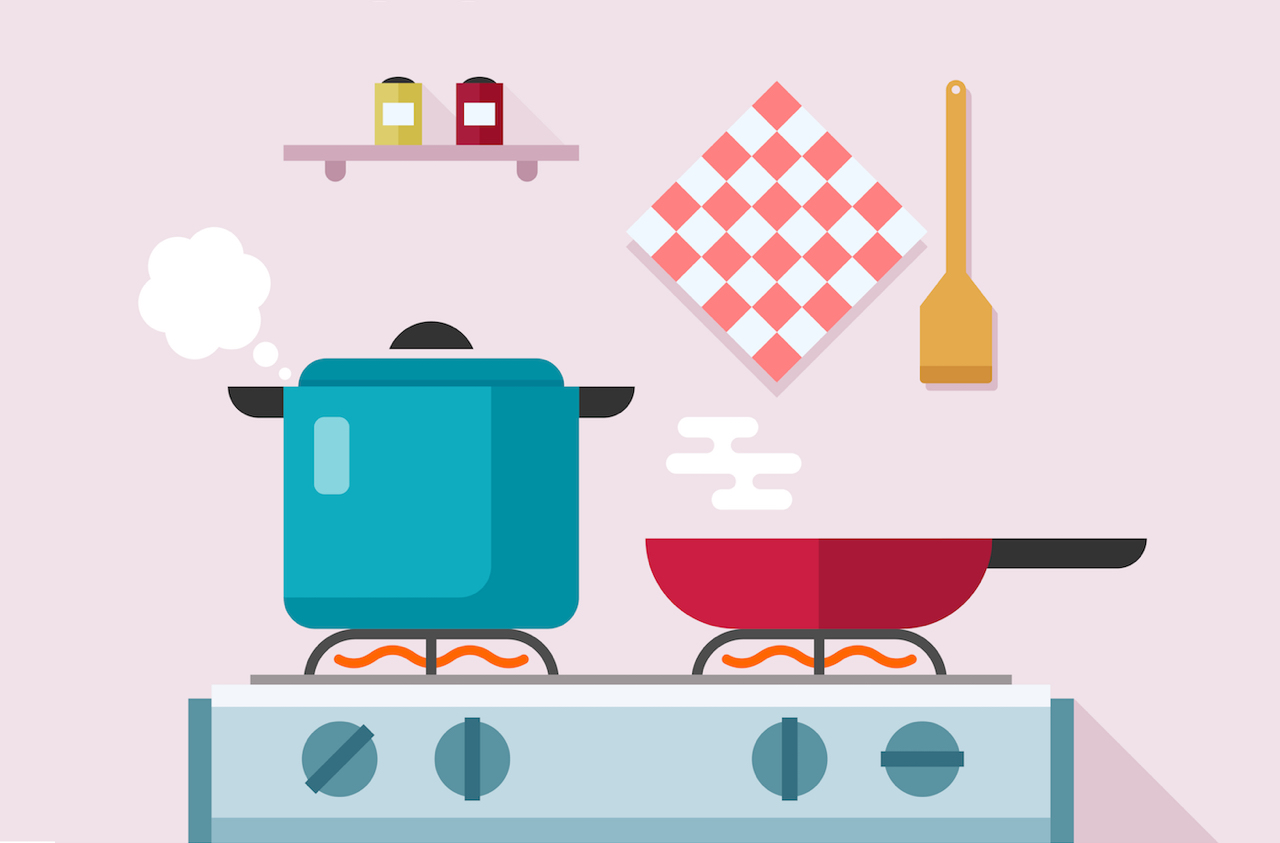Raw food has its benefits; often, it’s healthier than processed food. Keep in mind though, not all raw food is created equal.
While eating raw food may be beneficial in getting a dose of important vitamins and minerals without being broken down; not everything can be eaten raw. It all depends on the food and nutrient.
Raw poultry, meat and seafood may come into contact with faecal matter during butchering or harvesting. Fruits and veggies run the risk of being washed in contaminated water. If chickens are infected, they can lay eggs that contain salmonella bacteria.
Alongside salmonella are its fellow bacterial friends E. coli and listeria. These are causes of food poisoning.
Factors that contribute to food poisoning:
- Undercooked food.
- Food prepared way in advance.
- Not reheating food to high enough temperatures to destroy food poisoning bacteria.
- Cooked food contaminated with food poisoning bacteria.
- Cross-contamination from raw food to cooked food.
- Infected food handlers.
- Leftovers
Types of food preparation
Be constantly mindful when preparing food to prevent contamination and bacterial growth during the process.
Common food techniques
Roast: To cook poultry, meat or veggies in a shallow uncovered pan.
Steam: To cook food over, but not in boiling water.
Grill: Grilling usually involves an open flame or grill pan on a stovetop. The heat source comes from the bottom of the appliance.
Deep fry: Deep-frying involves completely submerging food in hot fat. You end up with food that has a crispy texture while golden brown on the outside and fully cooked inside.
Sauté: Sautéed foods are cooked in a thin layer of fat over medium-high heat. Foods are cooked until just tender.
Sear: Searing foods gives them a brown, caramelised outside. This is done with minimal amounts of fat over high heat.
Broil: This is similar to grilling, except the heat source comes from the top. Broiling happens very quickly. Watch the food carefully so it doesn’t burn.
Cooked or raw?
Some foods are best eaten raw, to optimise absorption of nutrients.
- Fruits: But always wash first!
- Garlic: Some nutrients remain after cooking, but to maximise its protective benefits, it’s best to enjoy garlic raw.
- Red peppers: Vitamin C in red peppers is unstable in heat. Cooking can cause levels of the nutrient to plummet.
- Spinach: Cooking spinach breaks down oxalic acid. This helps your body’s absorption of calcium, iron, and magnesium.
- Onions: The organic sulphur compounds in onions are destroyed by heat. It’s best to eat onions raw to get their blood pressure-lowering and heart-protecting benefits.
- Broccoli: Boiling reduces the amount of the nutrients absorbed. Steam or bake instead.
Cook these to improve their nutritional value:
- Tomatoes: Cooked tomatoes bring out more lycopene for peak nutrition, improving your heart health and enhancing neurological response.
- Broccoli: Enhances carotenoids that improve heart health and reduces inflammation in blood vessels.
- Carrots: Cook carrots to preserve or improve their nutritional and antioxidant qualities.
- Pumpkin: Can reduce hypertension and improve eye health.
- Asparagus: Cooked asparagus has strong antioxidant properties that can protect cells, tissues, and organs by reducing oxidative damage.
- Mushrooms: Cooked mushrooms are a rich source of quality plant proteins, vitamins, minerals, and antioxidants.
Frozen fruit
Freezing doesn’t significantly reduce the nutritional content of fresh fruit. It may even help preserve some water-soluble vitamins. Choose fruit with no sugar added. Frozen fruit may be just as good as fresh options for a smoothie.
References
- https://www.healthline.com/nutrition/raw-food-vs-cooked-food#section5
- http://www.health.com/food/salmonella-symptoms
- http://www.safefood.eu/SafeFood/media/SafeFoodLibrary/Documents/Education/safefood%20for%20life/ROI/section4.pdf
- https://www.thedailymeal.com/cook/15-basic-cooking-methods-you-need-know-slideshow/slide-11
- http://healthyeating.sfgate.com/fruits-lose-food-nutrients-frozen-8446.html
- http://healthyeating.sfgate.com/vegetables-shouldnt-eat-raw-11414.html
- https://www.bustle.com/articles/134414-6-foods-you-should-always-eat-raw-because-some-foods-are-healthier-uncooked

